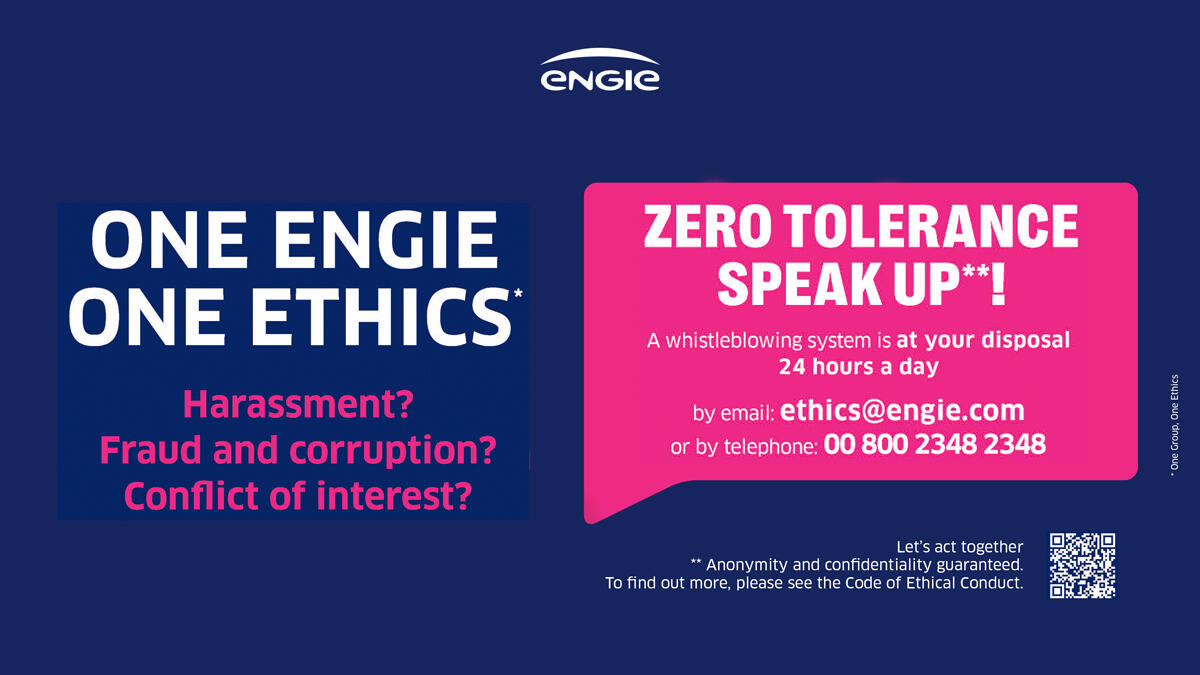
Back to the main page of ENGIE's vigilance plan
A Group mechanism open to all
How it works
As part of the application of the Sapin 2 law and the law on the duty of vigilance, the Group has strengthened its alert system by deploying a new alert system common to the entire Group and has defined a new policy on whistleblowers. This system is open to all employees, permanent or temporary, as well as to all its external stakeholders since January 2019 and covers all due diligence issues (linked to the Group's ethical commitments).
In order to ensure the confidentiality of information and even anonymity when required by regulations, requests are initially received by a recognised service provider guaranteeing the requirements of the whistleblowers policy, which relays the alerts to the Group Ethics, Compliance & Privacy Department for treatment.
Number of alerts
In 2024, 335 alerts were received via the system, 111 of which concern risk categories covered by the duty of vigilance. They relate to:
| Allegations of moral and sexual harassment | Allegations related to health and safety | Allegations related to work practices | Allegations of discrimination | Questions related to the environment and the rights of communities |
| 59 | 14 | 15 | 23 | 0 |
As for all the alerts, alerts related to allegations of discrimination and harassment are addressed and when the facts are proven, disciplinary measures are taken and action plans are implemented.
You wish to alert us to facts related to our activities which you consider to be contrary to human rights, the health and safety of people or the environment?
Please use the ENGIE alert system
